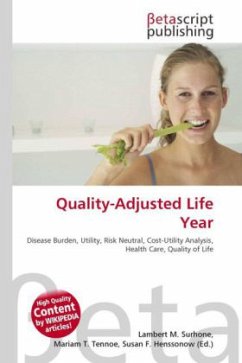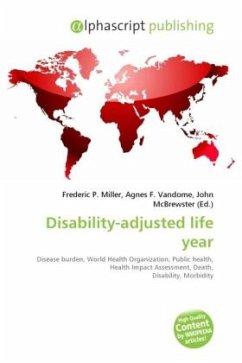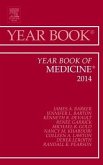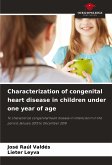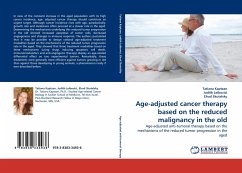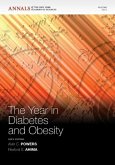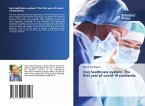Please note that the content of this book primarily consists of articles available from Wikipedia or other free sources online. The quality-adjusted life year (QALY) is a measure of disease burden, including both the quality and the quantity of life lived. It is used in assessing the value for money of a medical intervention. The QALY model requires utility independent, risk neutral, and constant proportional tradeoff behaviour. The QALY is based on the number of years of life that would be added by the intervention. Each year in perfect health is assigned the value of 1.0 down to a value of 0.0 for death. If the extra years would not be lived in full health, for example if the patient would lose a limb, or be blind or have to use a wheelchair, then the extra life-years are given a value between 0 and 1 to account for this. The QALY is used in cost-utility analysis to calculate the ratio of cost to QALYs saved for a particular health care intervention. This is then used to allocate healthcare resources, with an intervention with a lower cost to QALY saved ratio being preferred over an intervention with a higher ratio.
Bitte wählen Sie Ihr Anliegen aus.
Rechnungen
Retourenschein anfordern
Bestellstatus
Storno

